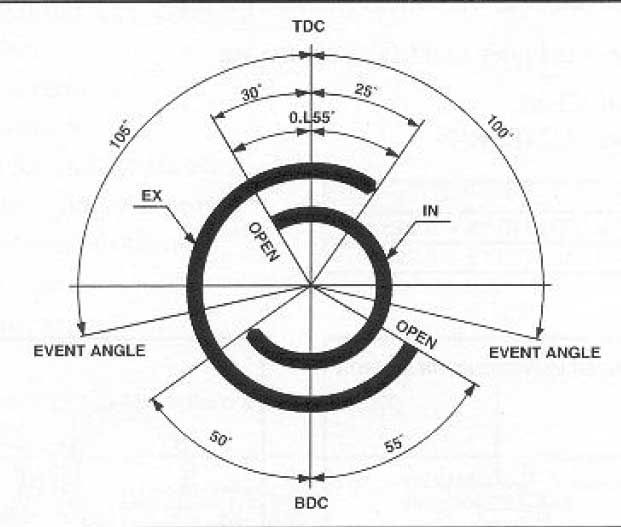Attila
Active member
Does anyone have the camshaft opening and closing figures/events for the cams in the FJR. The Yamaha shop manual has the figures for lift (.317) but no timing/event sequence. I called Yamaha in California and after being switched around to four different people finally winding up with a guy in Cobb County Georgia, I got zippo. According to the Yamaha parts site the cams are the same for all models and both the intake and exhaust cams have the same part numbers which is weird but they could I suppose be installed on different lobe centers.
You can figure the duration and timing events by degreeing the cams in the motor which is a pain but it would be nice to know how big/small the cams are which would help in my decision should I want MegaCycle or WEB Cams to make me a hard weld set of cams at some point in the future...like when I have to take the cams out to change the valve adjustment shims.
The FJR is geared really high for touring and so you can't use a lot of camshaft duration as it would kill the low end grunt but you could certainly use more lift which helps through out the power curve and I'm betting the event angles are bogus from a performance standpoint.
Any information would be appreciated.
Thanks.
Dan
You can figure the duration and timing events by degreeing the cams in the motor which is a pain but it would be nice to know how big/small the cams are which would help in my decision should I want MegaCycle or WEB Cams to make me a hard weld set of cams at some point in the future...like when I have to take the cams out to change the valve adjustment shims.
The FJR is geared really high for touring and so you can't use a lot of camshaft duration as it would kill the low end grunt but you could certainly use more lift which helps through out the power curve and I'm betting the event angles are bogus from a performance standpoint.
Any information would be appreciated.
Thanks.
Dan





